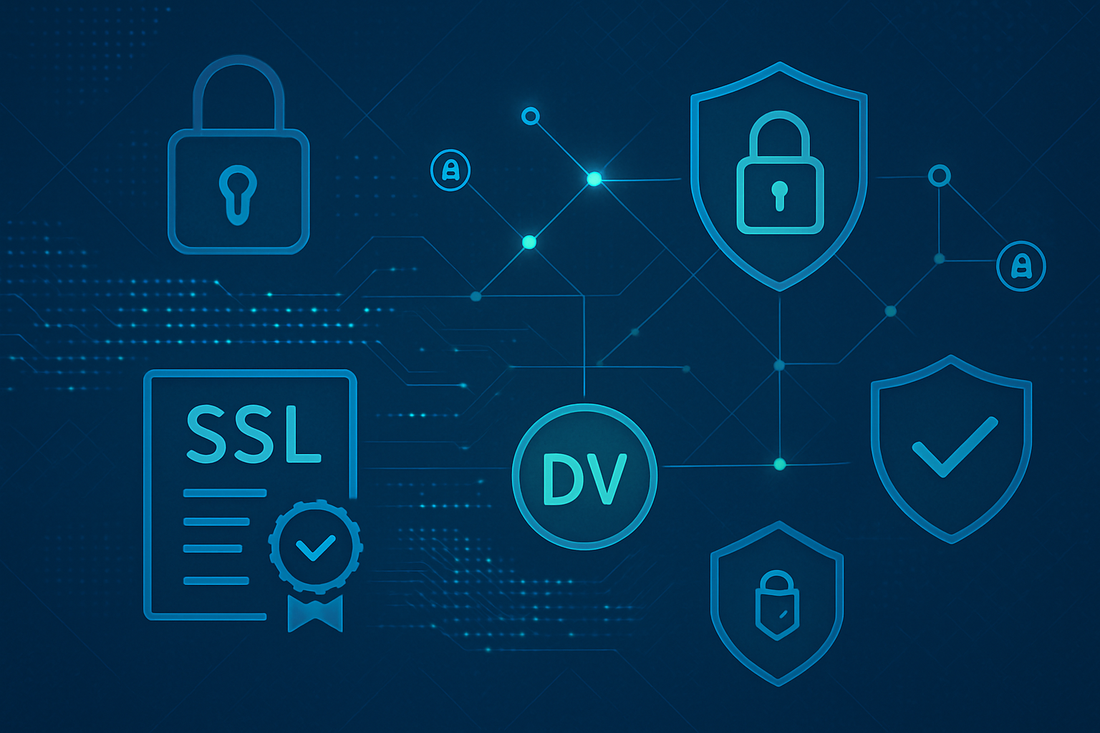
Domain Validated SSL Certificates Validation Requirements
Sarah MitchellShare
Domain Validated SSL Certificates represent the fastest and most economical way to secure website communications. These essential security tools provide standard encryption and basic authentication, making them ideal for small businesses, blogs, and personal websites that need fundamental HTTPS protection.
When obtaining a Domain Validated SSL Certificate, the Certificate Authority (CA) performs basic validation to verify the applicant controls the domain name.
This streamlined process typically completes within minutes, allowing rapid deployment of SSL Certificate security to web servers.
Understanding Domain Validation Requirements
The primary requirement for Domain Validated SSL Certificates focuses on proving domain ownership or control.
Certificate Authorities follow strict validation protocols established by the CA/Browser Forum, ensuring consistent security standards across the industry.
The validation process verifies the entity requesting the SSL Certificate has legitimate control over the domain.
Domain control verification typically occurs through one of several approved methods. The most common approach involves responding to an automated e-mail sent to standard administrative addresses associated with the domain.
These addresses include admin@, administrator@, hostmaster@, webmaster@, and postmaster@ followed by the domain name.
Alternative validation methods include placing a specific DNS TXT record or uploading a predetermined verification file to the web server.
These methods provide flexibility when email-based validation proves impractical or when organizations prefer different verification approaches.
Domain Validated SSL Certificate Verification Process
The verification process begins after submitting a Certificate Signing Request (CSR) to the Certificate Authority.
Trustico® automatically initiates domain control validation once receiving the CSR and required domain information.
The system generates a unique verification token ensuring secure and accurate validation.
For e-mail based verification, the Certificate Authority sends a confirmation message containing specific instructions and a validation link.
The domain administrator must click this link or follow the provided instructions to demonstrate control over the domain. This verification step typically completes within minutes of receiving the e-mail.
DNS-based verification requires adding a specific TXT record to the domain DNS settings.
The Certificate Authority provides the exact record value, which must remain in place until validation completes. This method proves particularly useful for organizations with direct DNS management access.
Important Considerations for DV SSL Certificate Validation
Organizations should ensure their domain WHOIS information remains current and accurate before initiating the validation process.
Outdated or incorrect WHOIS data can delay verification, as Certificate Authorities rely on this information for sending validation communications.
Technical contacts should maintain access to domain administrative e-mail accounts or DNS management systems. Having immediate access to these resources ensures smooth completion of the verification process without unnecessary delays.
Organizations using email filtering should whitelist Certificate Authority email addresses to prevent validation messages from being blocked.
Domain Validated SSL Certificates require renewal validation annually or bi-annually, depending on the SSL Certificate validity period.
Planning for regular revalidation helps maintain continuous SSL Certificate coverage and prevents unexpected SSL Certificate expiration.
Many organizations implement automated renewal systems to streamline this recurring process.
Post-Validation Certificate Implementation
Once domain validation completes successfully, the Certificate Authority issues the SSL Certificate immediately.
System administrators can then install the SSL Certificate on their web servers, implementing HTTPS encryption for secure communications. The installation process varies depending on server software and configuration.
Modern web servers require the complete SSL Certificate chain, including intermediate SSL Certificates, for proper functionality.
Trustico® provides comprehensive installation guidance ensuring correct implementation of Domain Validated SSL Certificates across various server platforms.
Regular monitoring of SSL Certificate status helps maintain security and compliance.
Organizations should implement automated SSL Certificate monitoring systems to track expiration dates, validation status, and potential security issues affecting their Domain Validated SSL Certificates.



